Cuba combines colonial architecture, tropical landscapes and centuries-old fortifications. From the tobacco fields of Viñales Valley to the colonial towns of Trinidad and Havana, and the waterfalls of Soroa, the island displays its history and natural diversity. The Spanish colonial period left behind fortresses, palaces and cobblestone streets in historic centers. National parks protect karst formations, rainforests and coastal areas. Along the coast lie beaches with turquoise waters and coral reefs. The route passes through different regions of the island, from the mountains of Sierra Maestra to the cayos off the northern coast. Each location shows a different aspect of Cuban culture and nature, whether in the streets of Santiago de Cuba or in the caves of Bellamar.
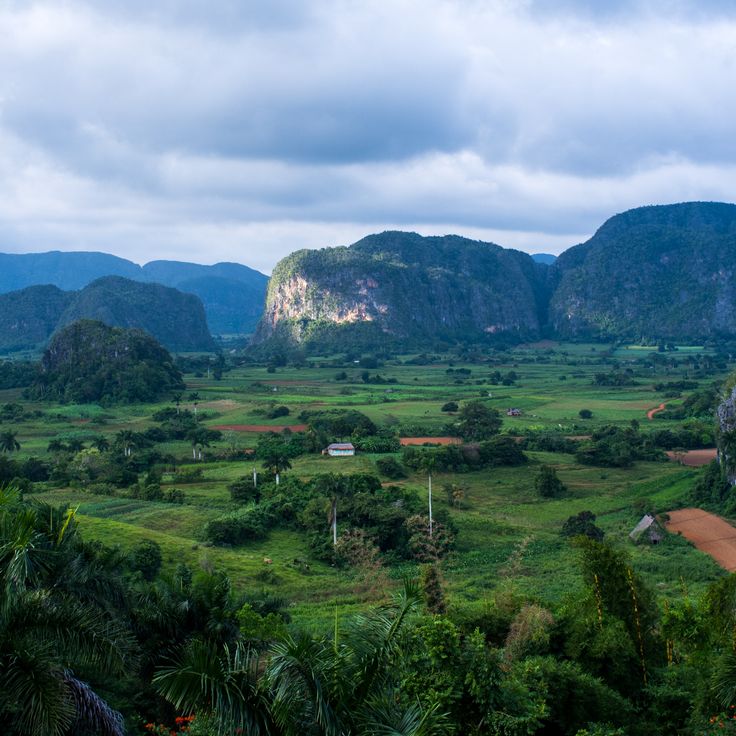
Pinar del Río, Cuba
The Viñales Valley extends across the Pinar del Río province and features distinctive limestone formations called mogotes. These hills rise steeply from the flat landscape and formed through erosion over millions of years. Between the mogotes lie extensive tobacco fields where farmers cultivate plants using traditional methods. The region produces a significant portion of Cuban tobacco. Beyond agriculture, the valley contains numerous caves, including Cueva del Indio with its underground river. Walking trails pass through the fields and provide insights into the agricultural practices of the area.
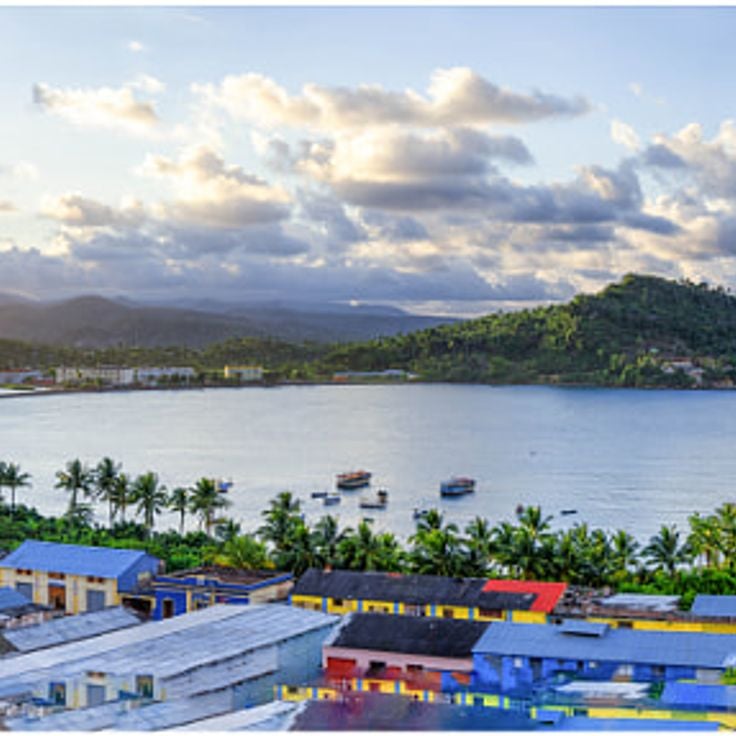
Guantánamo, Cuba
Baracoa was founded in 1511 by Diego Velázquez de Cuéllar and served as Cuba's first capital. The town sits on the northeastern coast of the island, positioned between the Sierra del Purial mountains and the Atlantic Ocean. Its geographic isolation helped preserve colonial architecture and local traditions. The surrounding area features tropical vegetation, cocoa plantations, and the distinctive flat-topped mountain El Yunque. For centuries, Baracoa functioned as an important port and retains evidence of the colonial period, including the Matachín fortress.
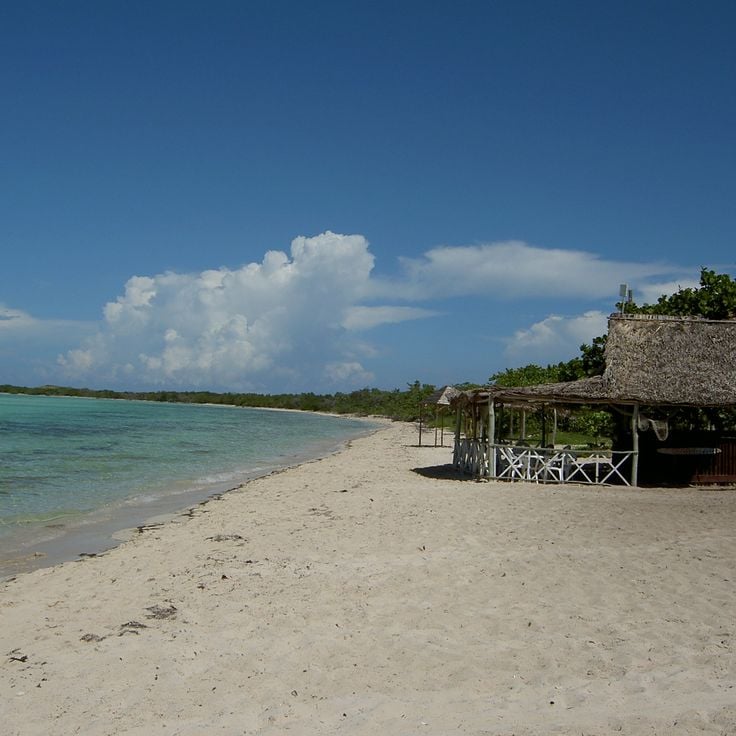
Ciego de Ávila, Cuba
Cayo Coco spans 370 square kilometers in the Atlantic Ocean and connects to mainland Cuba via a 27-kilometer causeway. The island features extensive white sand beaches along its northern coast, while mangrove forests line the southern shoreline. Shallow lagoons and salt lakes provide habitat for colonies of pink flamingos, as well as herons, pelicans, and other waterbirds. Coral reefs offshore host tropical fish species and sea turtles. Several hotels are situated along the beaches, and the island serves as a base for diving excursions and boat trips to neighboring cays.
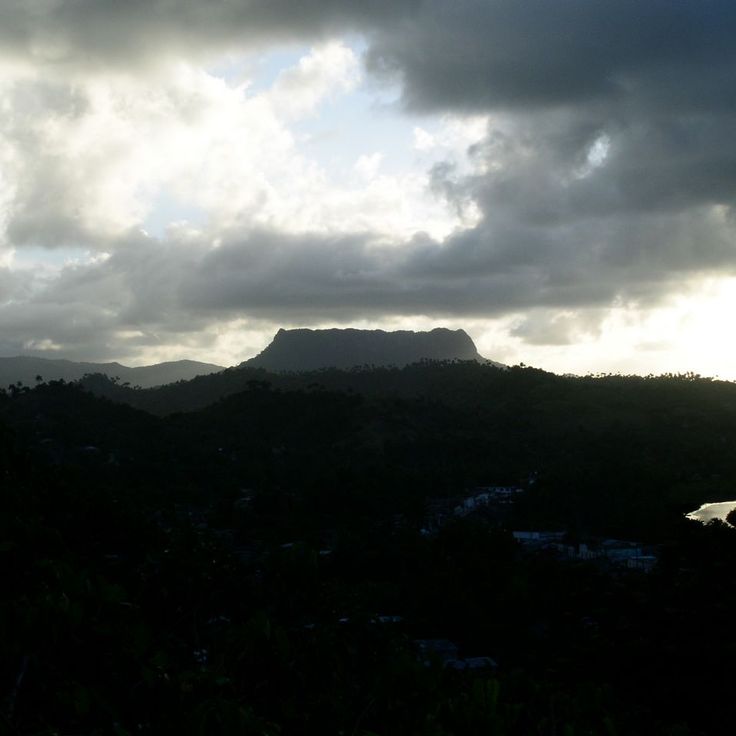
Guantánamo, Cuba
El Yunque rises to 575 meters in height and features a distinctive flat summit. The ascent passes through tropical rainforest containing numerous plant species. This formation stands as one of the notable elevations in the Guantánamo region and offers hikers an opportunity to explore Cuba's tropical vegetation.

Artemisa, Cuba
Las Terrazas is an ecological community located within the Sierra del Rosario Biosphere Reserve. Established in the 1960s as a reforestation project, the area now features extensive forested zones with marked hiking trails. The community operates various environmental protection and sustainable development programs. Visitors can explore the wooded hills, discover waterfalls, and learn about reforestation efforts. The settlement combines conservation with tourism, offering insights into ecological farming and forestry practices. The surrounding mountains provide opportunities for nature observation and outdoor activities throughout the year.
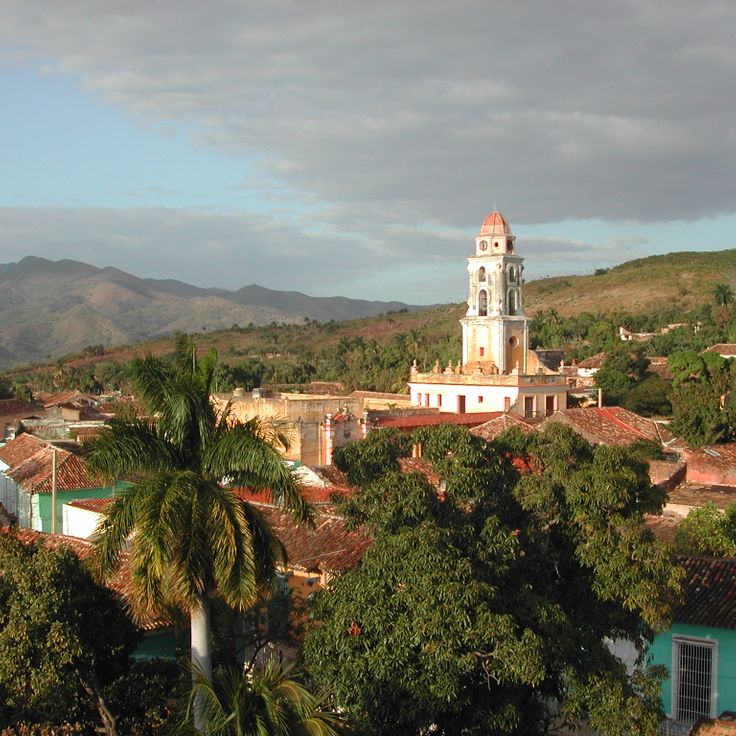
Sancti Spíritus, Cuba
Trinidad was founded in 1514 and remains one of the best preserved colonial towns in Cuba. The town features cobblestone streets, colorful Spanish colonial houses, and the Plaza Mayor as its central square. Several museums occupy restored mansions from the 18th and 19th centuries, documenting the history of sugar production and the lives of wealthy plantation owners. The architecture combines Moorish, Baroque, and Neoclassical elements.
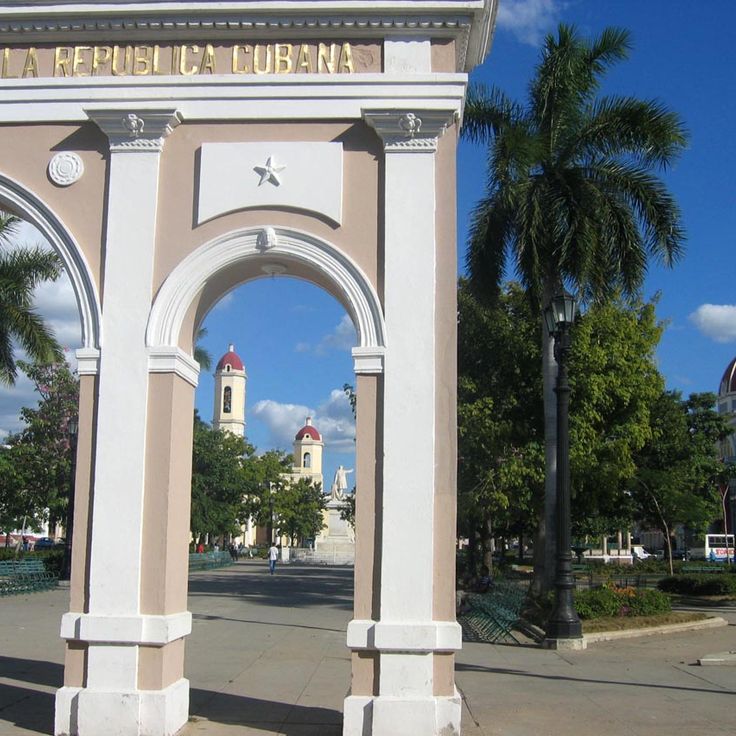
Cienfuegos, Cuba
The historic center of Cienfuegos displays French colonial architecture from the 19th century. Founded in 1819 by French settlers, the city preserves this architectural tradition in its main buildings. The Teatro Tomás Terry, built in 1889, serves as an opera and theater house with classical interior design. The Palacio de Valle along the waterfront combines Gothic, Romanesque and Moorish stylistic elements. The urban layout follows a grid pattern with Parque José Martí as the central square.
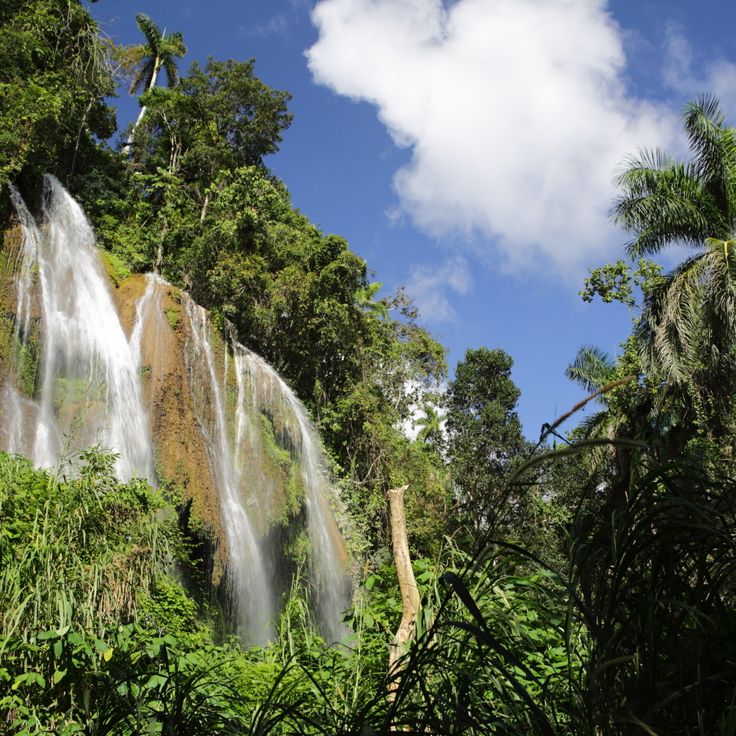
Sancti Spíritus, Cuba
Topes de Collantes is a protected area in the Escambray Mountains offering several marked hiking trails through tropical rainforest. The region includes historical coffee plantations, natural river systems and cave formations. The area hosts various endemic bird species and serves as a base for mountain excursions.
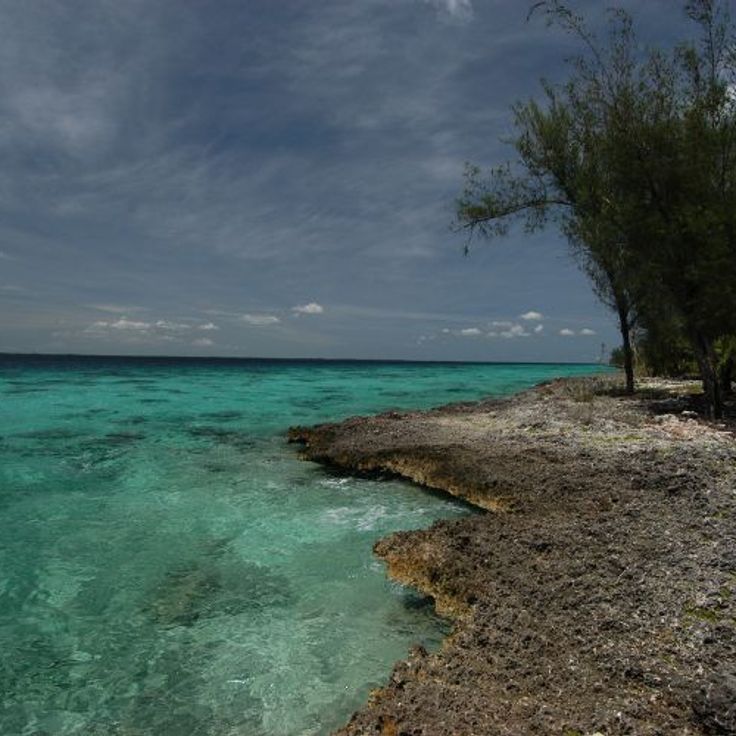
Matanzas, Cuba
The Bay of Pigs is located on the southern coast of Cuba in Matanzas province. This site gained worldwide recognition for the failed 1961 invasion, when US-backed Cuban exiles attempted to overthrow the government. Today, the bay attracts divers and snorkelers who explore the clear waters and coral reefs. The coastline provides access to underwater caves and diverse marine life. Several dive centers organize excursions to the reefs and historical relics on the seabed.
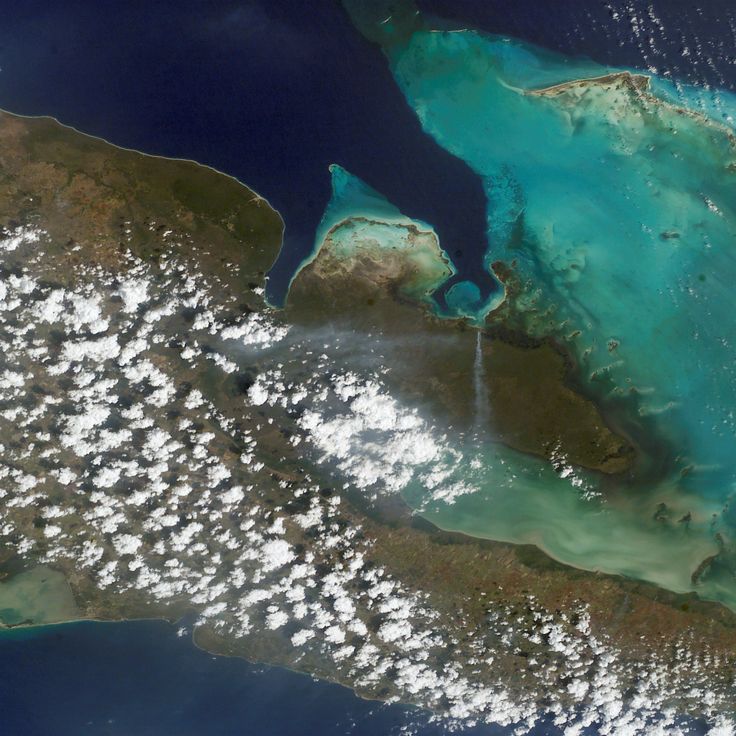
Matanzas, Cuba
The Ciénaga de Zapata is the largest wetland area in Cuba and the Caribbean. This biosphere reserve covers more than 4,500 square kilometers and shelters numerous endemic bird species including the Cuban gnatcatcher and the bee hummingbird, the world's smallest bird. The mangrove forests and swamps provide habitat for crocodiles, manatees and various fish species. The caves in the region contain pre-Columbian rock paintings created by the Taíno people, offering insights into the way of life of the island's first inhabitants.
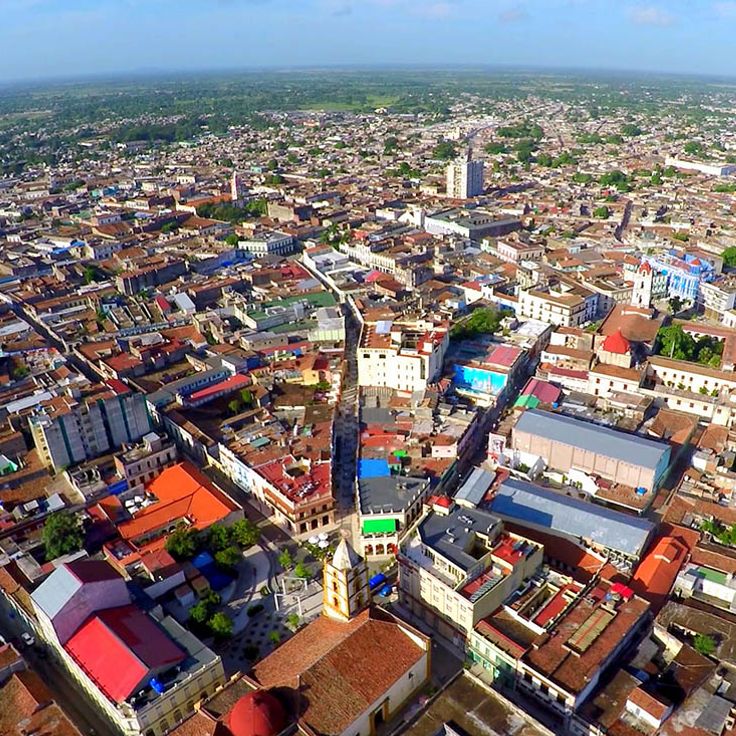
Camagüey, Cuba
Camagüey is Cuba's third largest city and features colonial architecture throughout its center. The city contains a maze of winding streets that were designed during the colonial period for defensive purposes. Multiple churches, including the Cathedral of Nuestra Señora de la Candelaria, define the urban landscape. The historic center received UNESCO World Heritage designation. Several contemporary art galleries operate within restored colonial buildings. The city is known for its traditional clay jars that were historically used for water collection.
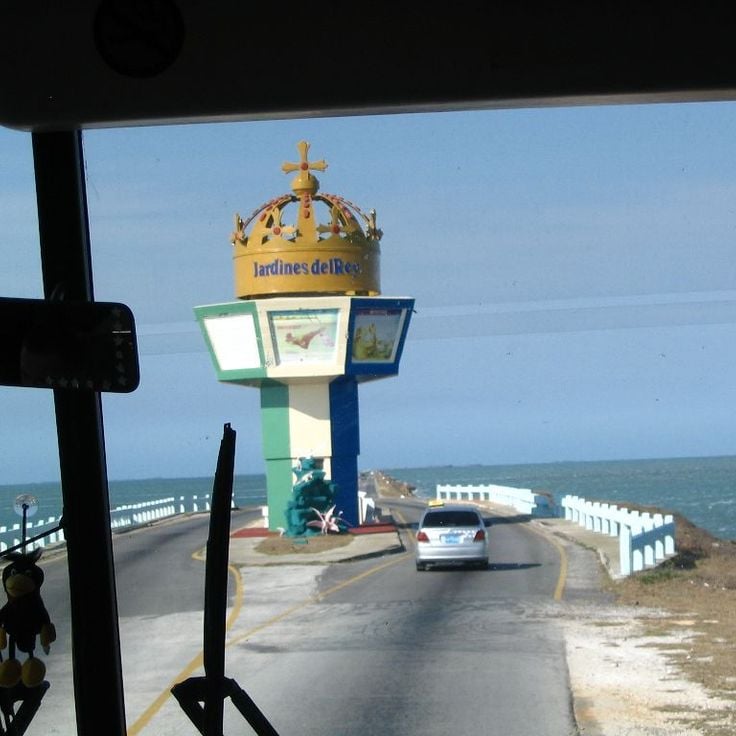
Ciego de Ávila, Cuba
The Jardines del Rey form an archipelago extending 200 kilometers along Cuba's northern coast. This island chain includes several islands and cays, among them Cayo Coco and Cayo Guillermo, which are connected to the mainland by causeways. The waters surrounding the Jardines del Rey contain extensive coral reefs with numerous fish species and marine life. The beaches feature white sand and stretch for several kilometers along the coastline. Located in Ciego de Ávila Province, the area was named after King Ferdinand II of Spain.
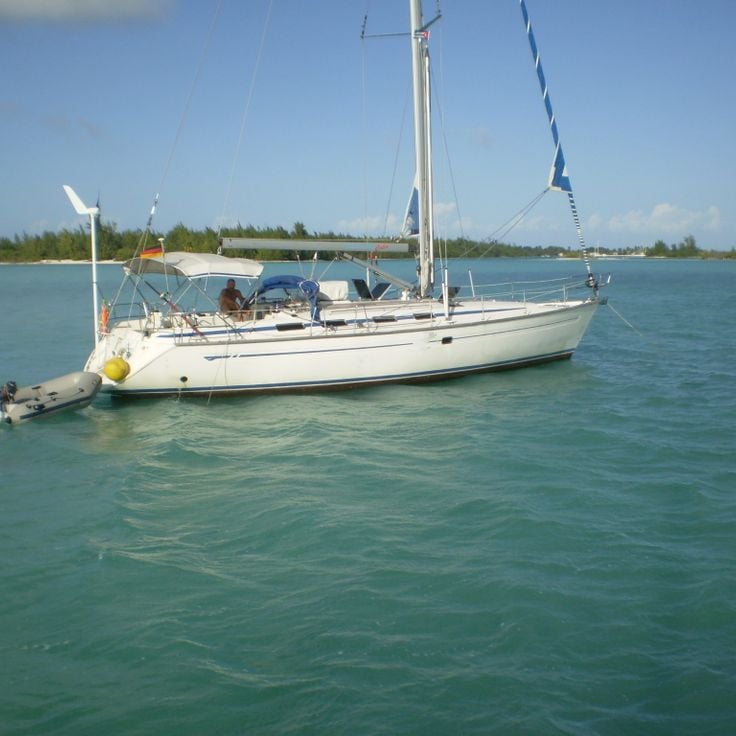
Cuba
Isla de la Juventud is Cuba's second largest island, located south of the mainland in the Caribbean Sea. The former Presidio Modelo prison, where Fidel Castro was once incarcerated, has been converted into a museum. The island's coastal waters contain extensive coral reefs suitable for diving and snorkeling. Inland areas feature pine forests with hiking trails, while the southern coast offers several sandy beaches. The island contains archaeological sites with pre-Columbian cave paintings at Cueva de Punta del Este.

Villa Clara, Cuba
Remedios is one of the oldest colonial towns in Cuba, founded in the early 16th century. The town preserves its colonial architecture with buildings from the 17th and 18th centuries surrounding the central Plaza Isabel II. The Iglesia de San Juan Bautista features gilded altarpieces and religious artworks. Every December, Remedios hosts the traditional Parrandas festival, where two neighborhoods compete in a friendly rivalry with fireworks, musical bands, and decorated floats. These celebrations date back to the 18th century.
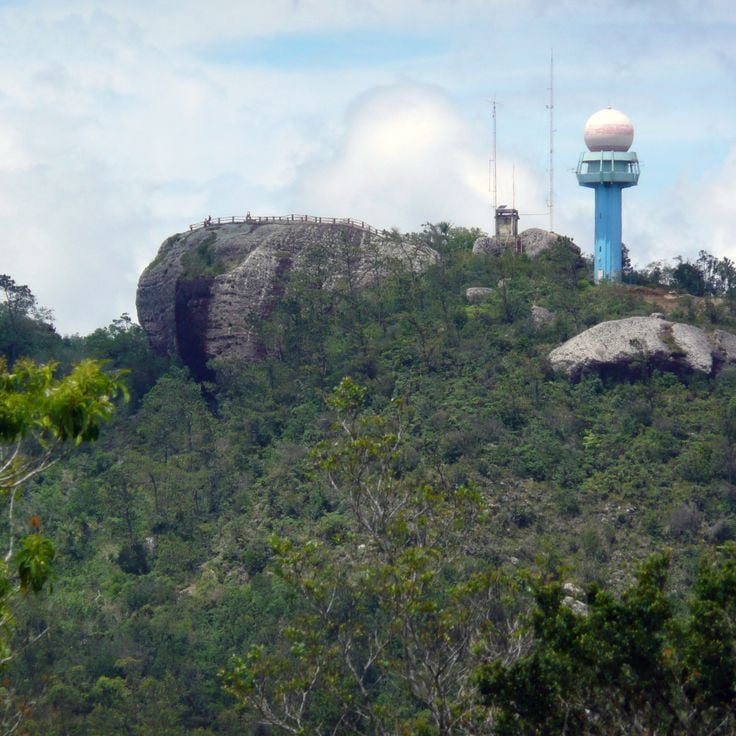
Santiago de Cuba, Cuba
Baconao Park covers more than 80,000 hectares between the Sierra Maestra mountains and the Caribbean coast. UNESCO recognized this area as a biosphere reserve in 1987. Visitors will find a sculpture park with over 200 life-size dinosaur models, the National Transportation Museum with a collection of historic vehicles, and the Marine Museum featuring aquariums. The mountains offer hiking trails through tropical vegetation and viewpoints overlooking the Caribbean Sea. The area includes several beaches, colonial-era coffee plantations, and archaeological sites with pre-Columbian rock paintings.

Santiago de Cuba, Cuba
The Château de San Pedro de la Roca was built between 1638 and 1700 on the bay of Santiago to protect the city from attacks by pirates and foreign fleets. The fortress displays military architecture from the Spanish colonial period, with bastions, gun emplacements, and underground passages. The on-site museum documents the defensive history of the region and presents weapons, uniforms, and documents from various centuries. From the walls, visitors can view the Caribbean coastline and the harbor entrance.

Havana, Cuba
Guanabo Beach stretches along the northern coast, approximately 25 kilometers east of Havana. This coastal area attracts Cuban families and visitors seeking a local bathing environment. The village offers restaurants, cafes and small shops along the beachfront promenade. The sandy beach allows swimming in calm waters, particularly during the summer months. The area has public transport connections to the capital and works well for day trips from Havana.
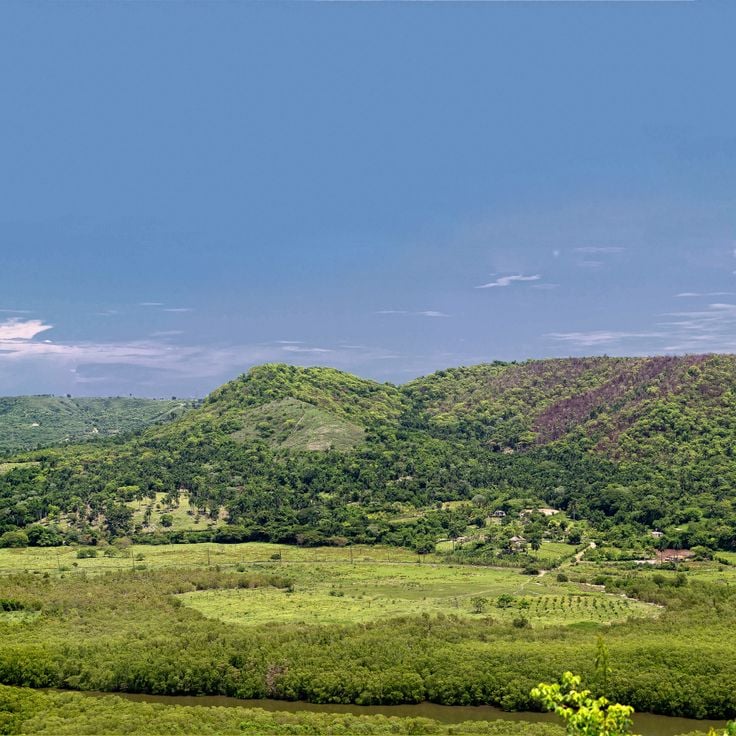
Matanzas, Cuba
The Yumurí Valley extends over five square kilometers south of Matanzas, forming an agricultural region between the hills of the Sierra de Hicacos. The area is crossed by the Yumurí River, which gives the valley its name. Walking trails pass through tobacco plantations and tropical vegetation featuring royal palms and various native plant species. Local farms cultivate tobacco traditionally, along with citrus fruits and vegetables. Several viewpoints along the limestone hills offer views over the cultivated lands and surrounding elevations. The valley is located approximately ten kilometers from downtown Matanzas and can be reached via local roads.
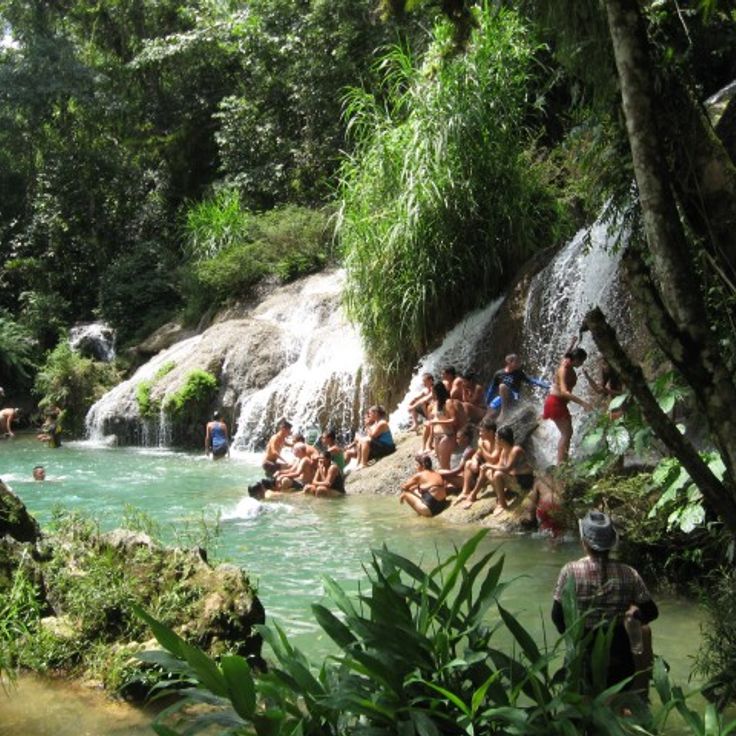
Cienfuegos, Cuba
The Nicho Waterfalls are located in the Escambray Mountains and form a group of cascades flowing over several rock terraces. Water drops approximately 30 meters into natural pools where visitors can swim. The site lies within a protected natural area and is surrounded by dense tropical forest. Various bird species, including endemic Cuban species, inhabit this forested area. Walking trails lead to individual waterfalls and swimming spots. Access is via a road from Cienfuegos.

Mayabeque, Cuba
Jibacoa is a coastal town in Mayabeque province known for its natural underwater landscapes. The coral reef lies just 50 meters from the beach, providing snorkelers and divers with direct access to tropical fish species and sea turtles. The beaches stretch along the northern coast and offer calm waters suitable for swimmers and families. The town serves as a base for exploring the surrounding coastal areas and marine ecosystems.

Pinar del Río, Cuba
Cayo Levisa is a small island off the northern coast of Pinar del Río. The beaches stretch along the shoreline with fine white sand. Coral reefs surround the island and provide habitat for various marine species. The clear waters allow for diving and snorkeling excursions. Green sea turtles regularly swim in these areas. The island is accessible by ferry connection from the mainland. Palm trees grow along the coastal zone. The area belongs to the northern archipelago of the province.
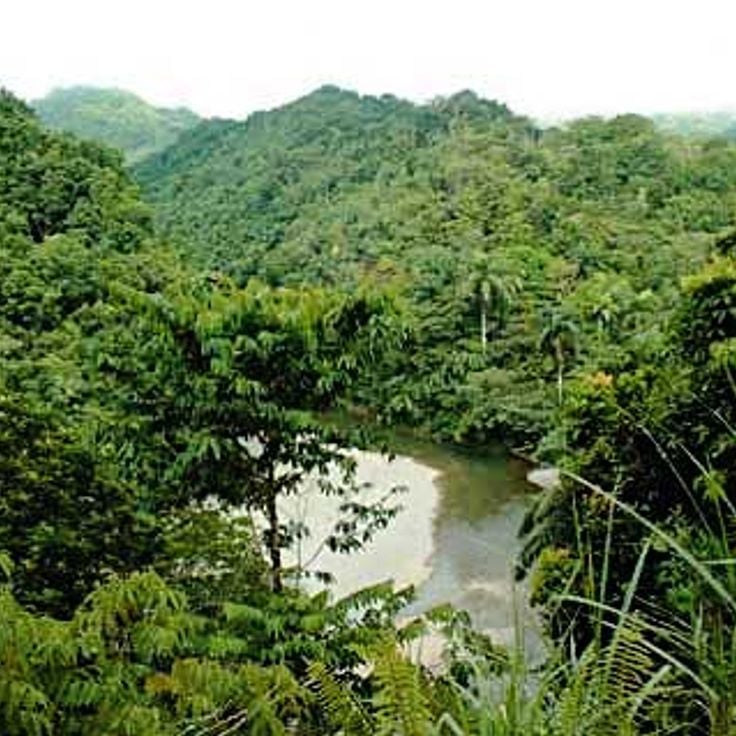
Guantánamo and Holguín, Cuba
Alejandro de Humboldt National Park extends across the provinces of Guantánamo and Holguín in eastern Cuba. This protected area contains more than 1000 plant species, including numerous endemic species found only in this region. The fauna includes rare animals such as the Cuban solenodon and various species of frogs and birds. The landscape features tropical rainforests, river systems and mountain formations. UNESCO designated the area as a World Heritage Site in 2001 due to its exceptional biodiversity and geological characteristics.
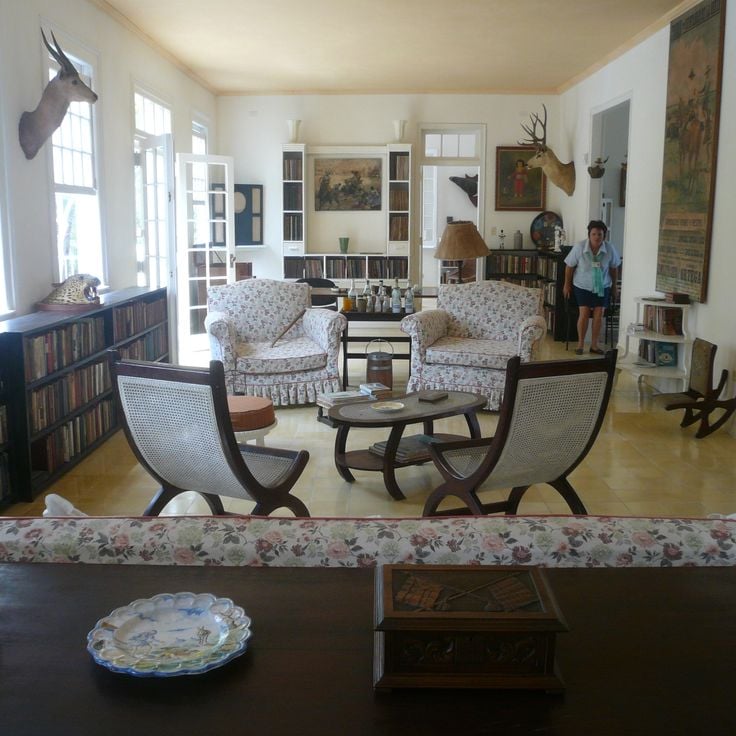
Havana, Cuba
Finca Vigía served as Ernest Hemingway's residence from 1939 to 1960 in the outskirts of Havana. The preserved estate now houses a museum dedicated to the American writer. Visitors can view the interior rooms through windows, which contain original furniture, his personal library of approximately 9,000 volumes, hunting trophies, and numerous personal belongings. The fishing boat Pilar, which Hemingway used for sea expeditions, is displayed in the garden. The property provides direct insight into the life and working environment of the Nobel Prize laureate during his Cuban years.
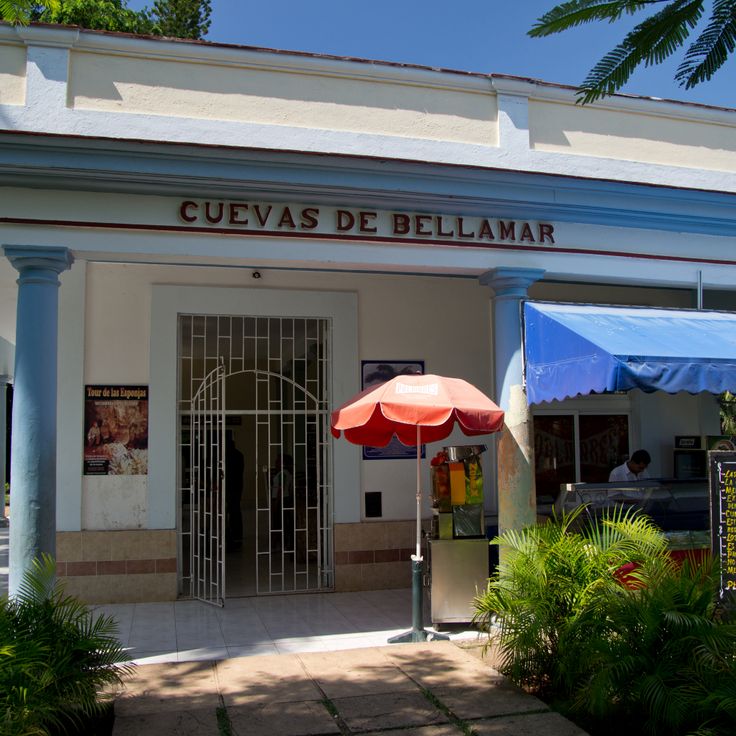
Matanzas, Cuba
These caves extend across an underground network spanning 23 kilometers and formed approximately 300,000 years ago through geological processes. The Cuevas de Bellamar feature numerous formations of calcite crystals, stalactites, and stalagmites in various sizes. The cave system was discovered in 1861 by a worker and has been accessible to visitors since then. Guided tours provide access to several underground chambers with different mineralogical structures and natural depressions.
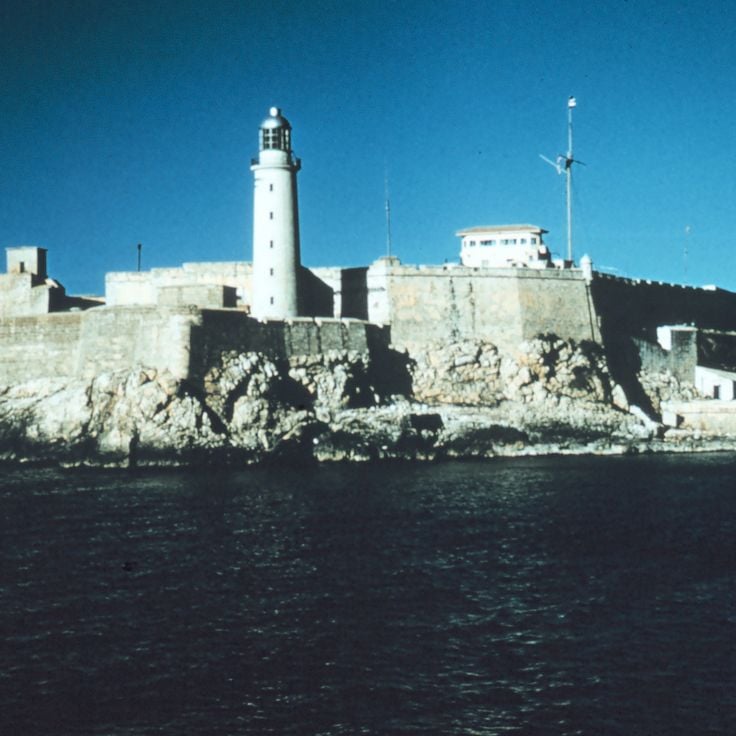
Havana, Cuba
The Castillo de los Tres Reyes del Morro was built between 1589 and 1630 to defend the entrance to Havana harbor against pirate attacks. The fortress stands on a rocky promontory at the bay entrance and forms a defensive system together with the San Carlos de la Cabaña fortress. The lighthouse from 1845 still marks the harbor entrance today. Visitors can explore the casemates, cannons and ramparts, as well as the military history museum of Cuba, which displays weapons, uniforms and historical documents from different periods.

Santiago de Cuba, Cuba
La Gran Piedra rises to 1225 meters in the Sierra Maestra range and features a massive volcanic rock formation measuring 51 meters in length at its summit, resulting from prehistoric geological activity. The mountain provides access to a botanical garden housing over 900 plant species from different climate zones, including orchids, ferns, and endemic Cuban flora. From the peak, views extend across the southern coast of Cuba to the Caribbean Sea and on clear days reach Haiti and Jamaica. The ascent follows a winding road through cloud forest and colonial-era coffee plantations that now form part of the UNESCO Baconao Biosphere Reserve.

Sancti Spíritus, Cuba
Playa Ancón stretches for four kilometers along Cuba's southern coast, located twelve kilometers from the colonial town of Trinidad. The fine white sand and turquoise waters attract visitors seeking seaside relaxation. Offshore coral reefs provide opportunities for snorkeling and diving, with various fish species and marine life to observe. Several hotels and restaurants are situated near the bay. Water temperatures remain warm throughout the year, allowing for year-round swimming activities.
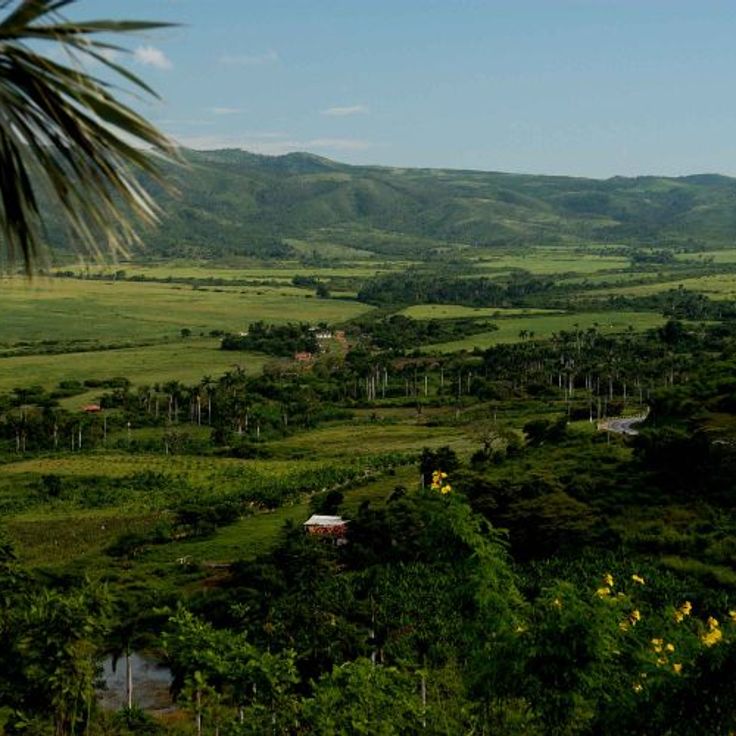
Sancti Spíritus, Cuba
The Valley of los Ingenios extends across three interconnected valleys south of Trinidad, documenting the history of sugar production during the colonial period. The 250 square kilometers contain 75 former sugar mills and plantations from the 19th century, including manor houses, slave quarters, and industrial buildings. The 45-meter-high Manaca-Iznaga Tower served to supervise workers and provide orientation in the region. The archaeological remains demonstrate the development of the sugar industry and the social structures of that era.
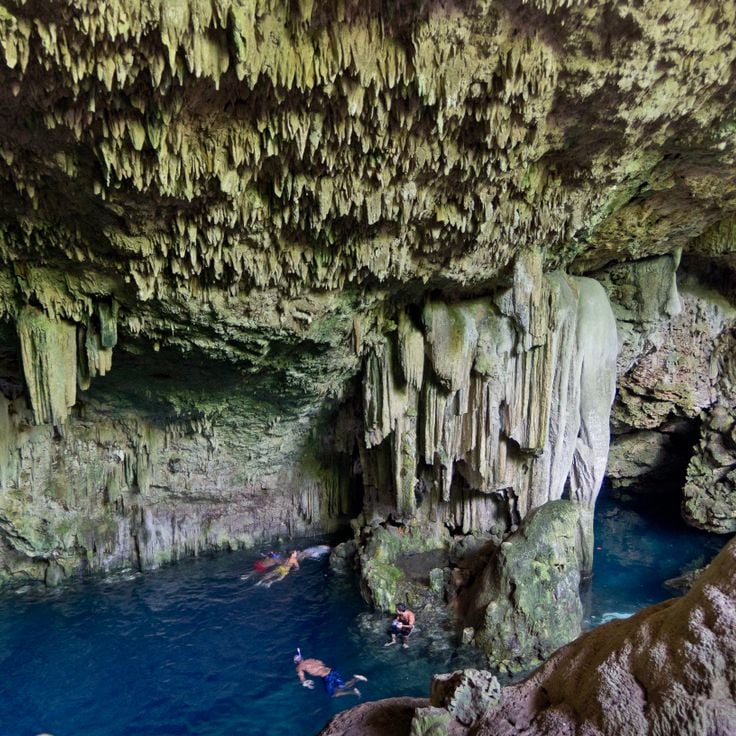
Matanzas, Cuba
Cueva de Saturno is a natural cave featuring an underground freshwater pool that reaches a depth of 20 meters. The water remains cool throughout the year and allows swimming and snorkeling in a protected environment. The cave has natural light openings in the ceiling that illuminate the interior. Visitors can descend directly to the water via a staircase. The geological formation provides insight into the karst landscape of the Matanzas region.
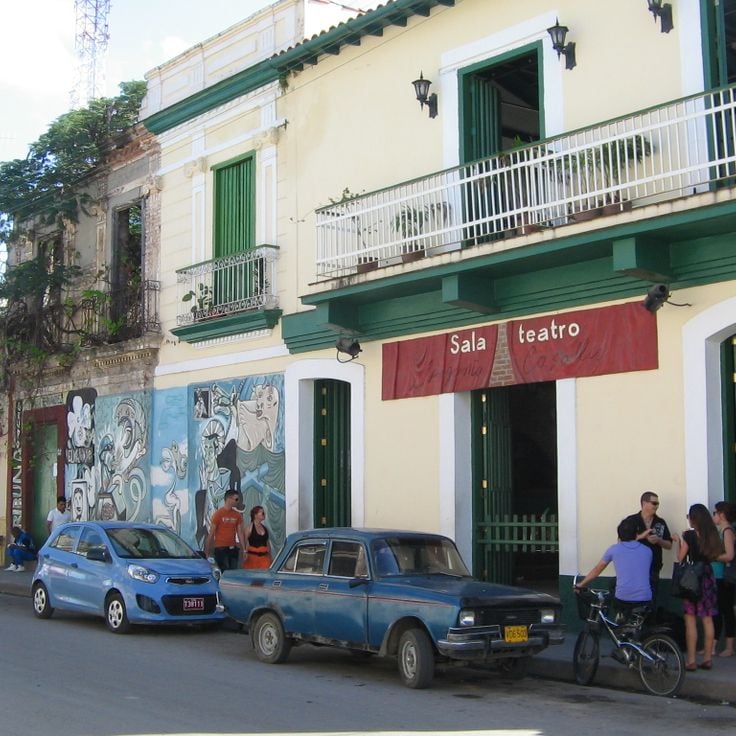
Villa Clara, Cuba
El Mejunje is an independent cultural center in Santa Clara that has been operating since 1984. The center offers a diverse program featuring theater performances, live music across various genres, and art exhibitions by local and national artists. El Mejunje has established itself as an important venue for the LGBT community, regularly hosting drag shows and cultural events that promote tolerance and diversity. The center serves as a meeting point for artists, activists, and those interested in Cuban culture.

Guantánamo, Cuba
Salto Fino stands as Cuba's tallest waterfall at 305 meters. The waterfall is fed by the Arroyo del Jígüe river, which flows through the Nipe-Sagua-Baracoa mountain range. Water cascades down a steep rock face into a natural pool below. Access to the waterfall requires hiking through tropical mountain forest in the Guantánamo region.

Havana, Cuba
El Capitolio was constructed between 1926 and 1929 to house the Cuban Congress. The dome rises 62 meters above street level and dominates Havana's skyline. The building displays neoclassical architecture with Corinthian columns and marble cladding throughout. Inside stands a 17-meter bronze statue of the Republic. Following the revolution, El Capitolio became home to the Cuban Academy of Sciences and hosts scientific institutes. The monumental staircase leads to a portico supported by 56 granite columns. The structure covers an area of 38,000 square meters.
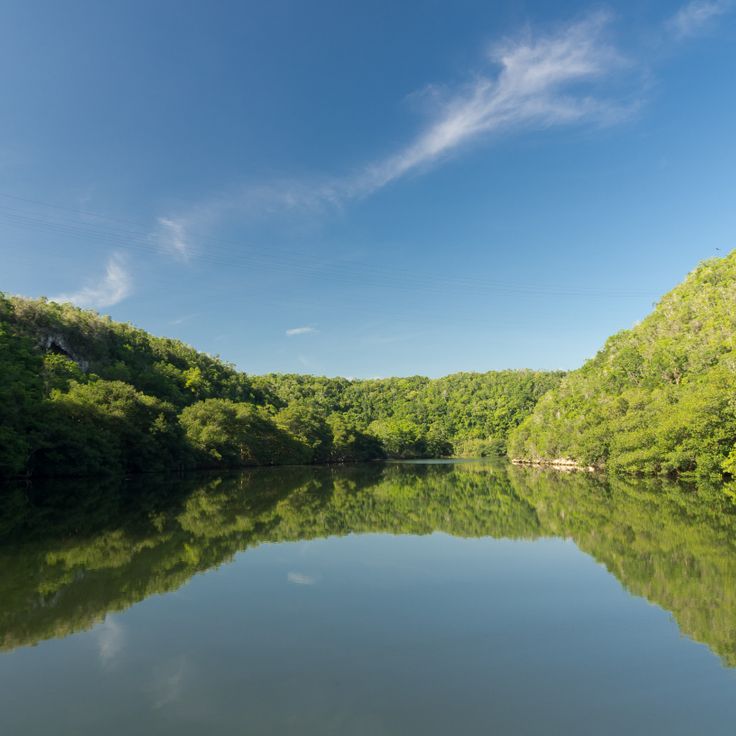
Matanzas, Cuba
The Canímar River flows through Matanzas province and provides opportunities to observe local birdlife and native vegetation. Boat trips navigate through mangroves and dense tropical vegetation along the riverbanks. Various bird species including herons, kingfishers and hummingbirds inhabit this wetland area. The river system empties into Matanzas Bay and forms an important ecosystem for regional flora and fauna.
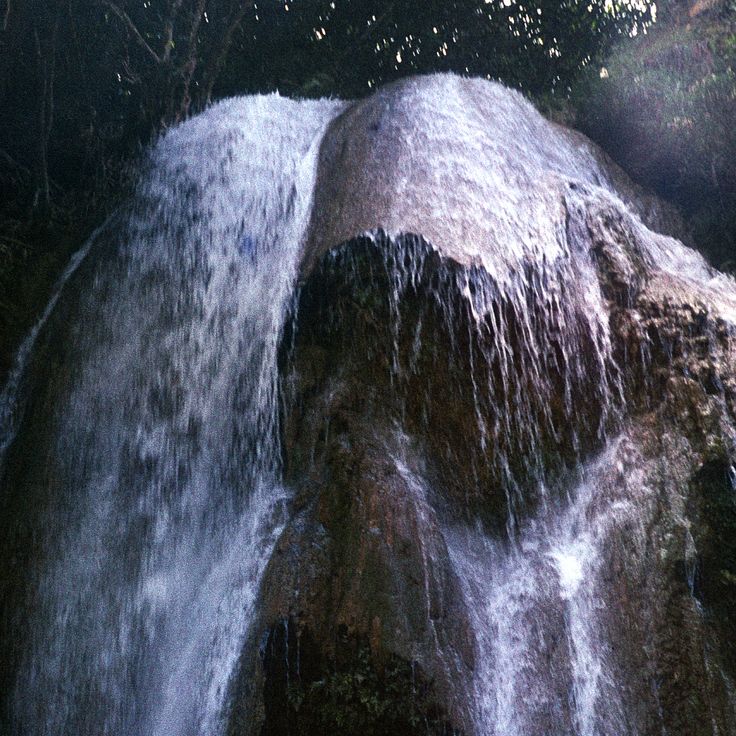
Artemisa, Cuba
The Soroa Waterfalls plunge 22 meters through dense tropical vegetation in the Sierra del Rosario mountains. Orchids and ferns grow along the rock faces and water edges, creating a lush natural setting. A marked trail leads visitors through the forest to the base of the falls, where a natural pool has formed for swimming. The area forms part of a UNESCO Biosphere Reserve recognized for its botanical diversity and conservation efforts.